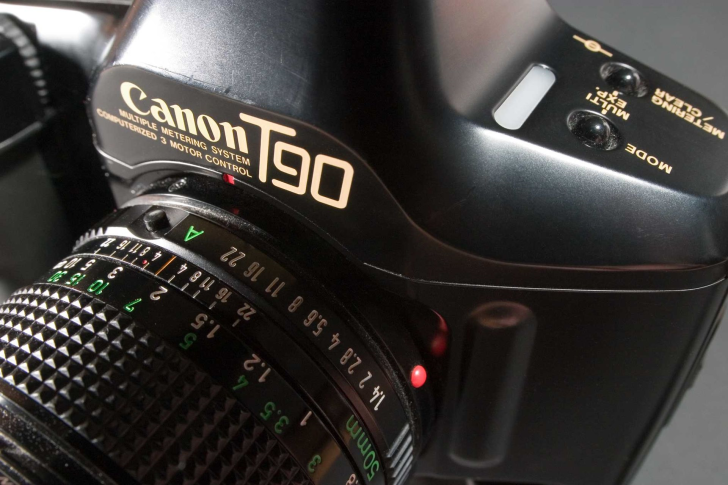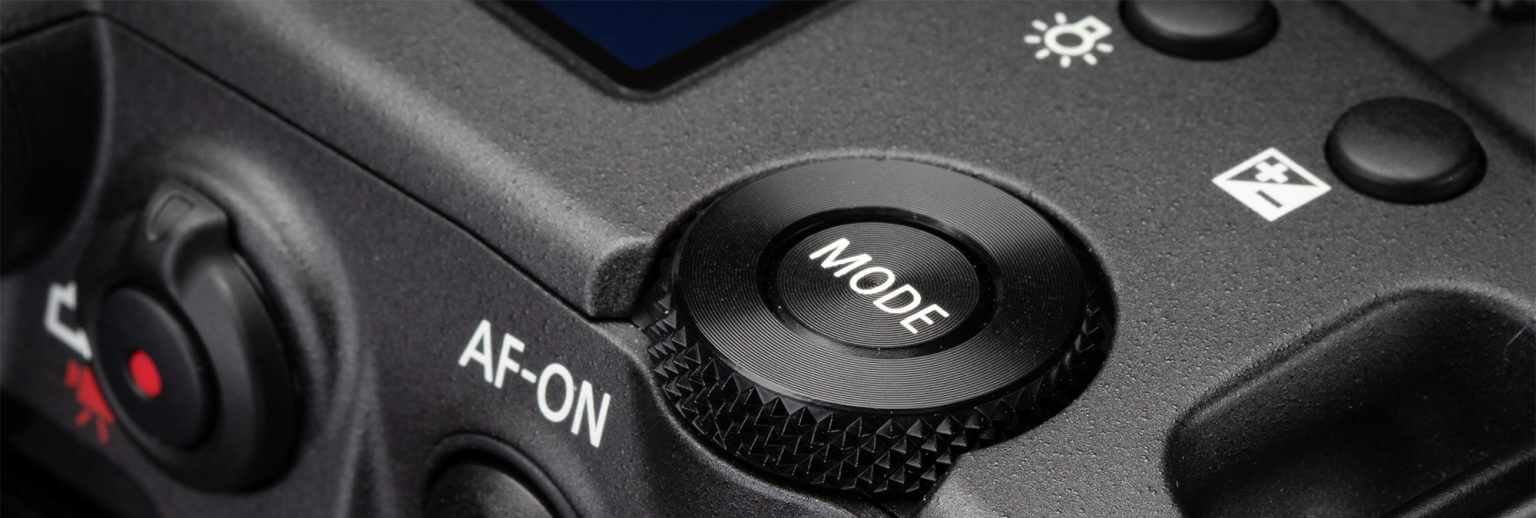This article has been percolating in my mind for a while now, and as I got further into the various designs and Canon’s mentality, it became more of a synopsis of Canon’s methodology to date. The RF system has been very disruptive to Canon in terms of switching the mount and also the ergonomic design decisions. This article is a look at where Canon came from and where they seem to be heading. This article is long and fairly detailed, and I’ll warn you, it’s opinionated too. I originally wanted to split it up into multiple articles, but the Boss said to give it to you all in one go. Ergonomics are always in the eye of the beholder, some will like certain features and some will hate them. But for me, it’s the consistency that I find important and also what I have admired most from Canon over the years.
This article is I believe the first in canonrumors that has been split up into multiple pages (5 to be exact), so you have to click on the page buttons below to read the other pages of the articles. Also, this article will be a “living article” that we update over time as Canon adds new cameras to the mix.
The History
Canon has a very rich history of the ergonomic design of the EOS system going back to well, literally before the EOS system was developed. The T70 and T90 developed in 1984 and 1985 respectively set the groundwork for the ergonomics that we currently enjoy. We can easily pick up one of those FD mount cameras and feel at home with the camera fundamentals, layout, and organization.

That was always one of the hallmarks of Canon’s overall system that I appreciated throughout the years. As someone who went from the 20D up the lineup to the 7D Mark II and also the 5D series cameras, and also from the EOS-3 to the 1 series and to the 1DX Mark III – Canon’s ergonomic choices made a lot of sense to me. The prosumer and professional paths differed with the ergonomics, but if you were in the same segment, the ergonomics were generally consistent. In general, the more you could do with buttons in direct controls atypically the more professional the camera was. This was especially true when comparing Rebel up to the 5D/7D series cameras.
For instance, I could pick up a 7D APS-C camera, and feel completely at home with its ergonomic sister the 5D Mark II. Same with the 70D and the 6D cameras. I could use the 20D, 30D, 40D, 50D, and the 7D blindfolded by feel. Sometimes in dark studios, it felt that way because we all know Canon didn’t like to put illuminated buttons on their cameras.
The RF System Challenges and Complexity
The consistency enjoyed by the EF mount was far easier because of the nature of the EF mount and the deep mirror box assembly. The EF system always had a consistent amount of real estate on top of the camera. So, it was much easier to maintain a consistent ergonomic layout across various cameras.
This simply isn’t as easy with the RF system as the top real estate is far more cramped and to provide increasingly smaller cameras, Canon’s designers have a far harder time maintaining consistency. I think this is where Canon is experimenting, creating the smallest possible cameras (and thus, limited top plate real estate) while maintaining as much as possible of Canon’s ergonomic methodology.
|
When you purchase through links on our site, we may earn an affiliate commission. Here's how it works. |


There are 5 pages to this, so you have to click the page buttons at the bottom to advance the article. Something that Craig and I are experimenting with - we have some other things cooking for your reading pleasure in the coming months.
I'd wager to say you meant left/left hand here?
Looking at ergonomics at each camera on its own is a valid critique of their design. But I think a number of people particularly take issue with changes in camera ergonomics especially when they use multiple cameras in the lineup. Some people use an R5 and R7 for example, and I've heard it can be quite jarring when switching between the two bodies.
But, I'd say most people in the enthusiast/non-pro segment only own the one camera in a given range, so they get used to the ergonomics without worrying about overlap or confusion. But interested to see what others have to say. Great work Richard!
and yes I'm one of those people that would work with the 7 and 5 series cameras interchangeably at the same time. so the consistency of those two lines for me on the RF system is sad.
I came from the 5D-Line and had a the original "R" parallel to it. The R was ok. But i liked the 5D-Line better. Touchbar was aweful o_O
Than i had the R6 an shortly after it i paired it with a R5. Great combination. Ergonomics felt great. It felt ok to let my 5D go.
I now switched the R6 to the R6II. I struggled a bit in the first weeks and often forgot to turn my R6II to off. Switched to movie-mode instead :ROFLMAO: But i got used to it. I now like my R6II very much. Only thing to complain: i like the concave formed joystick of my R5 more than the convex formed of my R6II.
Before I sold my R5, I found it confusing to switch between the R5 and R8, with just one camera there is no confusion anymore :)
Oh! and another thing, I know a lot of people didn't like the move of the power button, I think once they make it standard between all the new cameras it will be fine however, I hate the new joystick thingy button, I think having the jog wheel doubled as the joystick (like in the 80D) would have not only free up some real estate but because of the distance between the directional buttons, it gave better control of the autofocusing points when moving them.
In all Canon is still the king for ergonomics and menu design.
I just hope they don't switch the articulating screen design. It's perfect as a side screen for video and even better for portraiture when acquiring different angles, thank God gone are the days of lying on the ground to get that dramatic look with a bride. I found it funny that all people talked about was using it for vlogging when most of use portrait photographers used it to get better angles of our framing. Just hope they don't touch it. It works find.
R7 wheel-joystick combo is a interesting design and I think it should implement on all lower end models. However I can see people with big hands(especially big thumb) hate this design.
The R50...... while I love the camera... where the back AF button is drives me nutty. Tiny camera, big hands... but it's too far to the right IMHO. It was also $500 and is pretty great for what I want it for.
Continuity will be coming, and it'll be based on feedback.
But, even when hiking, I far prefer the size of the 5 D IV over the R5/R6.
Not everybody has baby-hands, these cameras are hard to use without protheses like battery-grips or body "extensions". Isn't it a bit silly having to graft a piece of cast aluminium on a camera so one can comfortably handhold it?
How about a normal-sized EOS R* ?